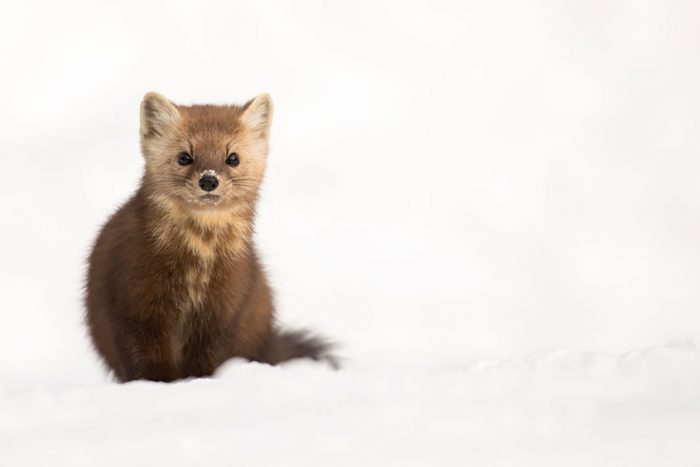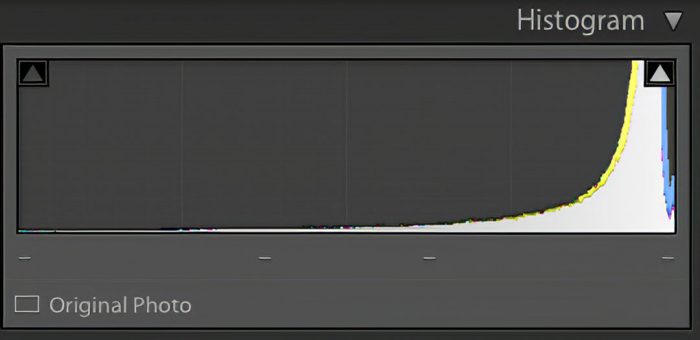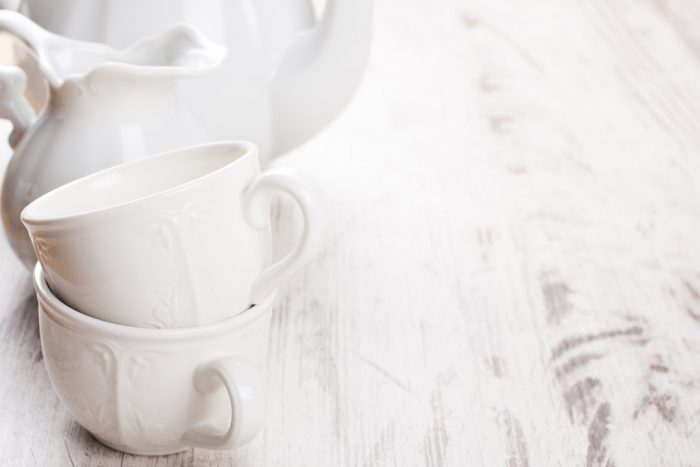High Key Photography – The Complete Guide
As you all know, Darks and Shadows are the predominant tones in Low Key photography. So, let us see. What is High Key Photography all about?
In this article, we will go through high key photography in detail, the camera gear, camera settings, lighting conditions, and all other aspects of a high key image.
What is High Key Photography?

If you are new to photography, you would be excited to know, what a High key image is. If whites and highlights occupy a majority of the photo, then it results in High key photography.
You can apply it to all types of photography, like wildlife, landscape, portraits, architecture, and many more. So, it is not restricted to any particular type of photography.
Favorable Conditions for High Key Photography
The most important thing to remember is that you cannot make High key images in your camera out of all scenes. Only specific scenes are suited for this style of photography, similar to low key photography.
Consider the case of Landscape photography. If you are shooting in the winter with snow-clad mountains or seascapes, then the scene is a good candidate for a High key image.
Dull weather conditions with the cloudy sky is not a good candidate for a high key image. If you are photographing a white horse or an animal in white color against a white background, then you have an excellent chance to produce an excellent high key shot.
It is not necessary that the animal needs to be entirely white, even if some parts are white, that will do.
Camera Gear and Camera Settings for High Key Photography
Let us have a look at the various camera gear and settings to capture a high key photo.
Camera Gear
You don’t need any particular camera or camera accessory for High Key photography.
Any camera that supports semi-automatic modes like the aperture priority mode or fully manual mode is good enough to do the job.
The camera should allow you to vary the exposure as per your needs.
Now, let us see the camera lens requirement. If you are using an interchangeable lens camera like a DSLR camera or a mirrorless camera, then you can use any lens that matches the type of photography you are doing. For example, a landscape photographer can use his wide-angle lens.
You can even use a point and shoot camera or bridge camera which supports a manual mode or exposure control for photographing high key pictures.
Camera Settings for High Key Photography
Now let us explore the camera settings for high key photography. Do you need special camera settings for this style of photography? Yes, you need to fine-tune your camera settings.
Overexposure
Overexposing the scene is the key camera setting for a high key image. The camera metering is tuned for neutral grey.
When you expose for a high key scene, then the camera will make the whole scene greyish, as the metering will underexpose. So, you need to bump up the exposure.
So, the question is, how much to overexpose? It is actually scene-dependent. But, an overexposure value between +1.0 to +2.0 will help in most situations.
You must be blowing up the highlight parts in the picture by doing so. Don’t get worried. It is what makes the photo beautiful and artistic.
Histogram of a high key image
Now, we have a basic understanding of a high key image. So, let us see how the histogram of a high key image looks like.
As a photographer, you should always cross-check the image histogram and should not depend on the camera LCD screen for exposure.

The above photo shows the Chicham village, near Spiti Valley in Himachal Pradesh, India. It was during the winter. I increased the exposure by two stops to get the whites and highlights properly exposed, for the scene.
Histogram for the photo shown below:

From the above histogram of the image, it is quite clear that the graph gets shifted towards the right side (whites and highlights region). It indicates that the above picture is a high key one.

Let us have a look at another high key image of Grey Langur. I photographed this picure from Bandipur forest in Karnataka, India. The langur has a black face with a white hairy body.
The background was white and I decided to overexpose the image by two stops so that the white hairs around its face get blown out and only the details in the black face become visible. It made the image look more artistic, rather than the regular langur portraits.

The histogram for the Grey Langur is shown above. Here, you can see some amount of details in the Blacks and Darks. It corresponds to the details in the Langur face. The peak on the rightmost side indicates that the majority of the tones in the image fall in the whites and highlights region.
High Key Photography Examples
Few examples of high key pictures are given below:



A high key approach to black and white landscape photography is shown above.
Conclusion
So, now you know everything about high key photography. Next, time, when you have favorable lighting conditions, give it a try.

